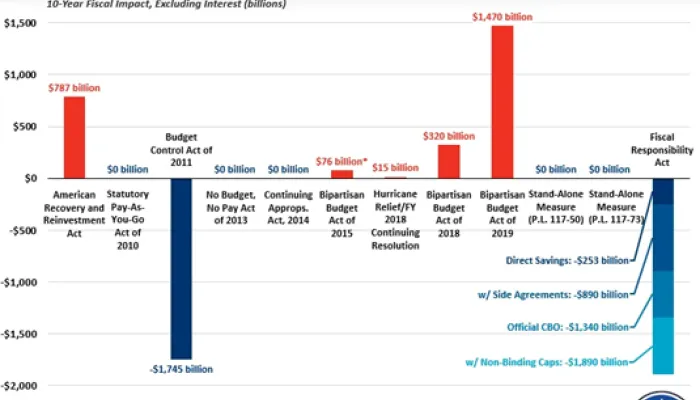Trigger Happy
REVISED: Today, CRFB issued a press release commenting on the President's statement last night on developing a trigger to ensure that any health care bill not add to the deficit. "A trigger should be part of a fiscally responsible health care plan; but it's not a cure all," said Maya MacGuineas, President of CRFB.
We at the Committee tend to like triggers. They can potentially help politicians to make choices they might otherwise not be willing to make, and they can put in place default measures to help bring about action when Congress fails to act.
But there are an awful lot of trigger options flying around this health care discussion. The House bill has a trigger that would reduce planned tax increases if other savings materialize. A trigger for a public option is now under consideration. And now, in the speech, a reference to some-kind-of-not-at-all-specific-trigger that “requires us to come forward with more spending cuts if the savings we promised don’t materialize.”
That last one is not particularly reassuring. Two ideas about what make triggers more effective. 1) A trigger should include a default – “if X doesn’t happen, then Y.” For example, “If health care cost growth doesn’t slow to only 1% beyond economic growth, then we will implement a government health care spending cap. 2) A “bonus trigger” is more likely to succeed than a “penalty trigger.”
So it is best to put the hard measures in a bill (more spending cuts or tax increases) and then use a trigger to pull them back if other pieces of a policy exceed expectations.
Since the President’s trigger still needs some filling in, hopefully some of these suggestions will make their way into any bill.


